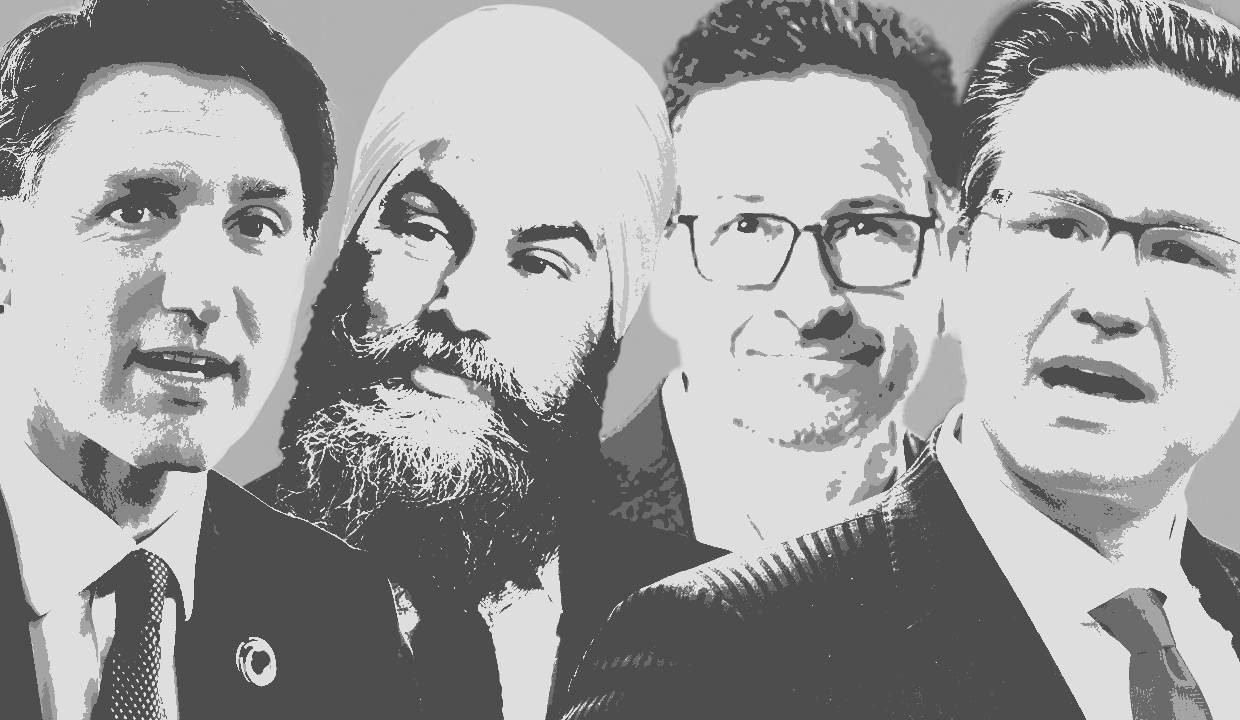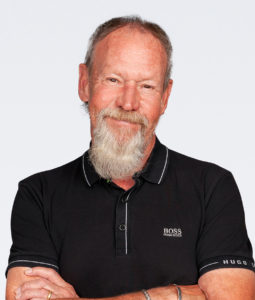Left and right-wing voters have strong views of the main federal leaders while voters in the centre seem indifferent toward all three
Earnscliffe Strategies has delved further into Canadian attitudes toward federal political leaders. In this wave of our nationwide research, we have asked Canadians to place themselves on a right-left political spectrum and then explored how their ideological identification shapes their assessment of the leaders of the major political parties.
In some ways, our investigation reinforces the conventional wisdom about political ideology in Canada. Those who describe their views as “very right-wing” are disproportionately middle-aged and residents of the Prairie provinces; while those who claim to be “very left-wing” are made up disproportionately of 18-34-year-olds, residents of BC and voters who hold a university degree.
But unlike much of the hyperbole about the rising trend of polarization in politics today, our findings also indicate that both of these groups make up an extremely small portion of the total Canadian electorate -only 1 in 10 identify with either the far right (4%) or far left (6%) of the political spectrum. All the rest claim that their views are either only slightly right-wing (17%) or slightly left-wing (18%) with the largest group claiming their political outlook represents “the center” (36%).
Not only are almost all Canadians quite moderate in their politics, the profile of each group also often defies many of the stereotypes we hear about political ideology today. For example, rural residents and Quebeckers disproportionately describe themselves as centrist (42% each), right-wingers are made up disproportionately of high-income earners (24%) and the most poorly educated are either more likely to describe themselves as in the center (41%) or don’t express any political views (28%).
A similar, more nuanced pattern is also evident when ideological identification is examined against current partisan choice. As we might expect, 65% of those who express right-wing sentiments intend to vote for the Conservative Party while only 7% of self-described left-wingers would do the same. That noted, there is no overriding –let alone absolute – symmetry between ideological outlook and voting preference. For example, centrist voters split almost evenly between voting Conservative (31%) and Liberal (33%) while left leaners divide their vote predominately between the Liberals (39%) and New Democrats (36%).
When the relationship between partisan preference and ideological self-identification is flipped around, the diversity of the ideological spectrum within each party’s base is even more evident. Almost half of Liberal voters (42%) describe themselves as in the center and over a third (34%) identify themselves as left-wing. While the numbers are reversed, the Conservative base is similarly also a surprisingly mixed bag –less than half (46%) of their base leans right and only a slightly smaller number (36%) place themselves at the center of the political spectrum. NDP voters as slightly more skewed (not surprising to the left (52%)) but even with the New Democrats, over a quarter of their supporters (28%) claim they are in the ideological center. Finally, the BQ – arguably the most ideologically driven –has the largest contingent of centrist voters (48%) of any of the federal parties.
“Because ideological outlook is most likely to manifest itself in the assessment of the leaders, we then set out to explore where voters placed each of the federal leaders on the same political spectrum and then examined whether they approved or disapproved of each one, in turn,” said Earnscliffe Principal Allan Gregg.
On a nationwide basis, none of the leaders have a particularly stark ideological image -a plurality of Canadian voters see Justin Trudeau as skewing to the political left (42%); a bare majority place Pierre Poilievre on the right (54%); only half identify Jagmeet Singh as left-wing (49%); while Yves Francois political identity appears to be even most blurred.
When these same assessments are analysed based on the voter’s own positioning on the political spectrum, however, a much different picture emerges. Right-wingers are quick to brand Trudeau as a left-winger (70%) with left-wingers slightly less likely to also do so (50%). Voters who lean left overwhelming place Poilievre on the ideological right (82%), even more than right-leaning voters (69%). Singh is positioned on the left by both right (68%) and left-identifying voters (72%). Like his overall profile, views of Blanchett’s ideological outlook are rather indistinct, although pluralities of both left (43%) and right-leaning voters (43%) believe he is a left-winger (43%).
“What is very clear from this analysis,” said Gregg “is that both self-identified right-wing and left-wing voters believe that they are well represented by Canada’s political leadership. They also have very well-defined adversaries. The right embraces Poilievre as their ideological soul mate and views both Trudeau and Singh on the opposite end of the political spectrum from them. The left feel they can be ideologically represented by either Trudeau or Singh and have clearly placed a black hat on Poilievre’s head. What is really interesting, however –and could probably turn the next election –is how the center feels it is unrepresented by Canadian leadership politics right now. No more than a quarter of voters who identify with the political middle believe any of these leaders stand for the same.
”This conclusion is borne out even further when leadership approval ratings are analysed based on voter ideological sentiment. Overall, both Trudeau and Poilievre receive slightly negative net approval (approve minus disapprove) scores (-14% each) while Singh and Blanchett are in the neutral range (+5% each). What these nationwide numbers mask however is the deep divide in leadership assessment among different ideological groups. Right-wing voters hold Poilievre in high regard (+46% net approval) while left-leaners overwhelmingly disapprove of his leadership (-66%). Left identifiers also approve of both other major party leaders’ performance but with more giving the nod to Singh (+51) than Trudeau (+20). Centrist voters however are not particularly attracted to any of these leaders and do not appeal ready to endorse any of them.
“I feel this survey uncovers some really important things about the nature of Canadian political culture and what’s happening in politics today”, said Gregg. “First the notion that Canadians are increasingly polarized into extreme ideological camps is clearly exaggerated, if not outright wrong. Very few Canadian voters are in the end zones and almost all are between the 45-yard lines.”
“What is polarizing is political leadership in Canada, in as much as the extremes feel well represented whereas the middle does not. Knowing this –and assuming the political parties know this as well –the next election should be a battle for the center. Far from trying to outmanoeuvre the NDP from the left, Trudeau and the Liberals have far more to gain by attracting center voters who are currently prepared to support the Conservatives, even if they are not particularly enamoured with their Leader. Similarly for Pierre Poilievre, there is nothing to be gained by moving further to the right because there are no more right-wing voters to be had and those who are ready with him, have nowhere else to go. Instead, if he can hold onto the centrist voters that he already has, he stands a good chance of becoming the next Prime Minister of Canada”.
This survey was sponsored, designed and analyzed by Earnscliffe Strategies and the field work was conducted by Leger. The survey was conducted with 1,532 individuals from across Canada between May 25-29, 2023. The data was weighted to be reflective of the Canadian population by age, region, sex, education and children under 18 in the household based on Census data. Since this survey was conducted using an online panel, no margin of error may be calculated.
Earnscliffe follows the CRIC Public Opinion Research Standards and Disclosure Requirements that can be found here.
View the survey questionnaire | Download the full data tables





